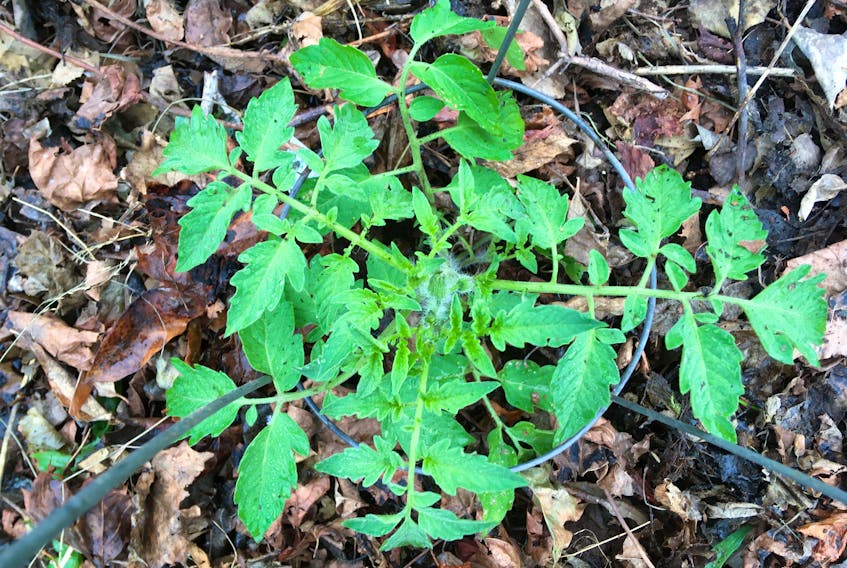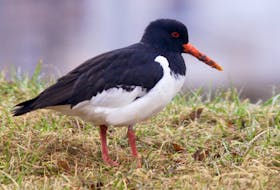There was a vegetable gardening hiatus on this property in my youth. That tiller broke down one too many times, trying to cut through the heavy clay where our garden used to be.
But the urge was too great and we resumed a few years later on a sandier corner of the yard; less productive, but easier to work.
Later I bought a 20-pound Mantis tiller, which does the job, but really, my heart is in the “no-till” garden.

There is nothing like dark, freshly tilled soil for providing a clean slate for this year’s garden, but from a biological point of view, tilling is like running a hurricane through your garden soil. It completely disrupts the structure and communities of microorganisms that feed your plants.
If you could prepare your garden for planting without that disruption, your soil would be up and running before the seeds hit the soil.
What are the reasons for tilling?
One of the main reasons is to control weeds. Tilling turns weeds under, but also brings dormant weed seeds up to the surface to sprout, so no-till can actually reduce weeds in the long term.
Tilling also loosens and aerates the soil. But after the freezes and thaws of winter, the soil has been loosened, and most of the compaction is done by the gardener in the spring. You can avoid that compaction by making permanent pathways with stones or boards, and planting everything close enough to your paths that you don’t have to step onto the soil much.
Some of the real drawbacks of tilling is the job itself and maintaining the equipment. And if you’ve got a weed infestation spreading by roots, tilling cuts the roots into many small pieces, that might all grow into new weeds. That’s why I went no-till, for this year anyway.
So what is no-till gardening?
In nature, soil is covered by organic matter, whether plants or leaves, which settle to the soil surface, and eventually break down into minerals that leach down into the soil to feed growing plants. Just do that.

If you have a garden that is fairly free of weeds, you simply “mulch it” every fall, that is, cover it with lots of organic material to suppress weeds, and also conserve moisture. In the spring, without compacting your soil too much with foot traffic, you just tuck in your seeds and seedlings.
This is not to say that no-tilled gardens don’t have their soil worked: the worms and insects are constantly working the soil with their activities. While we like the soil texture that tilling creates, it actually contributes to the overall loss of organic matter, whereas no-till gradually increases it.
On your plot, you might find that mulching provides too many insect and slug hideouts. Soil will warm a little slower in spring since the soil is covered in mulch and not exposed directly to sun. Also, you need to find the right kind of mulch that doesn’t bring too many weed seeds into your garden.
No-till might not start smoothly in your particular situation but weigh your options and consider it. Maybe this spring will be the last time you till your garden.
Good luck and happy gardening!
Caroline Cameron lives in Strathlorne, Inverness County, and offers gardening and guiding services around Cape Breton Island. She welcomes your gardening comments on Facebook at Nature/Nurture Gardening & Hiking.









